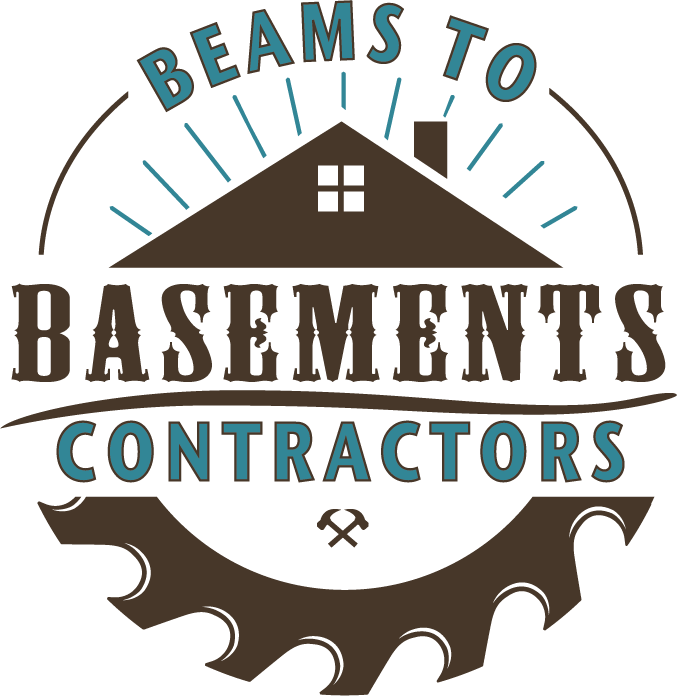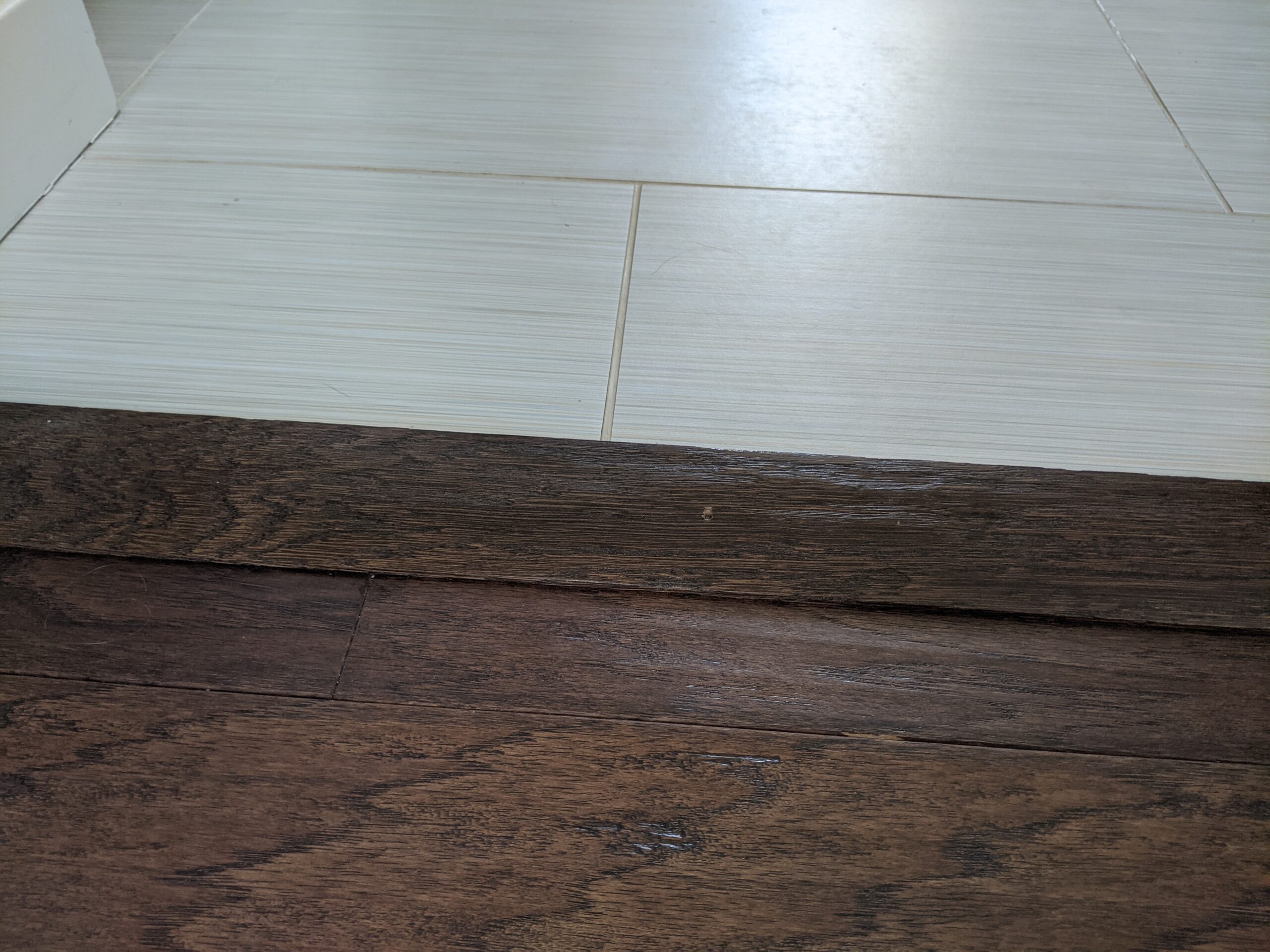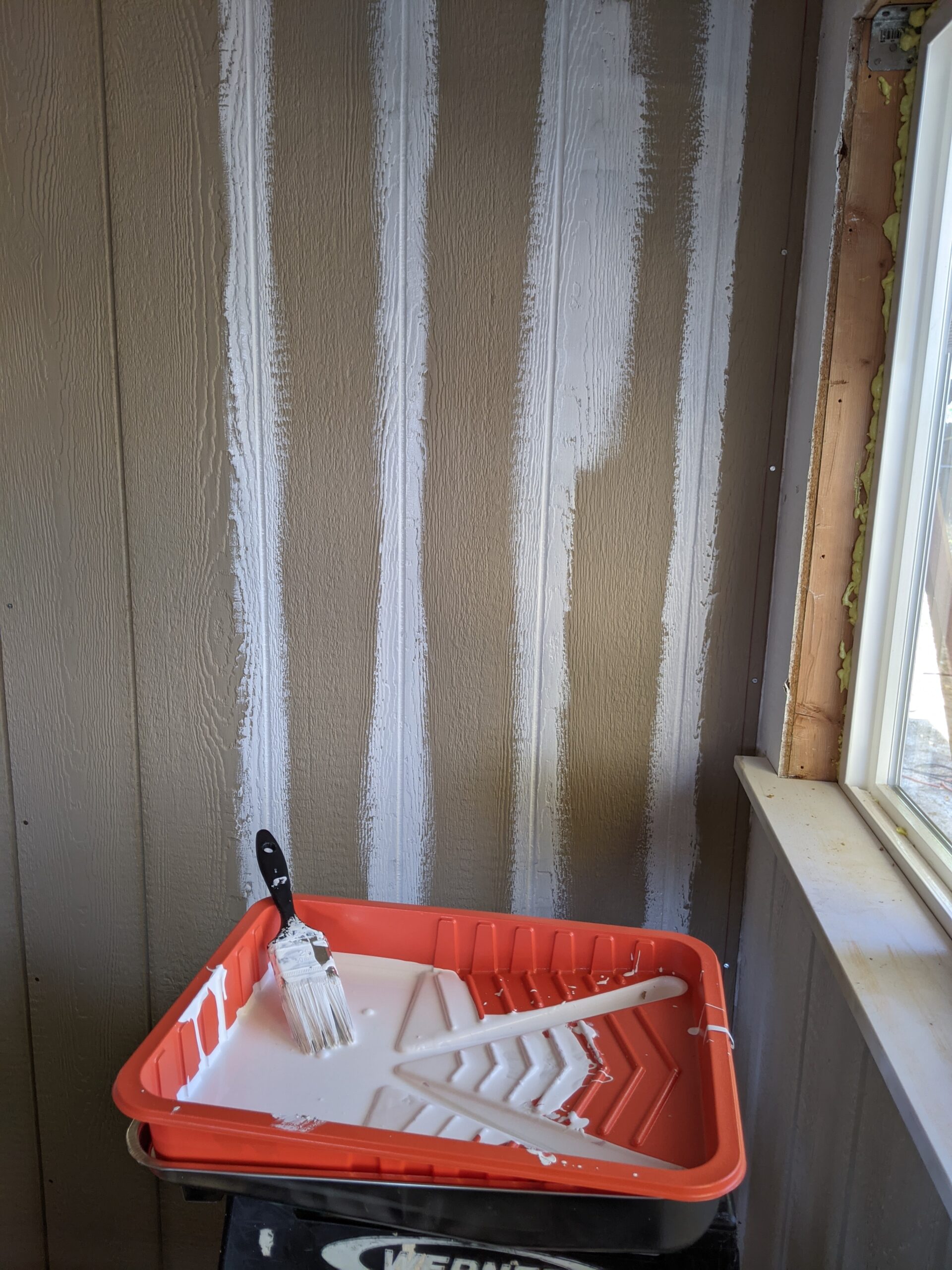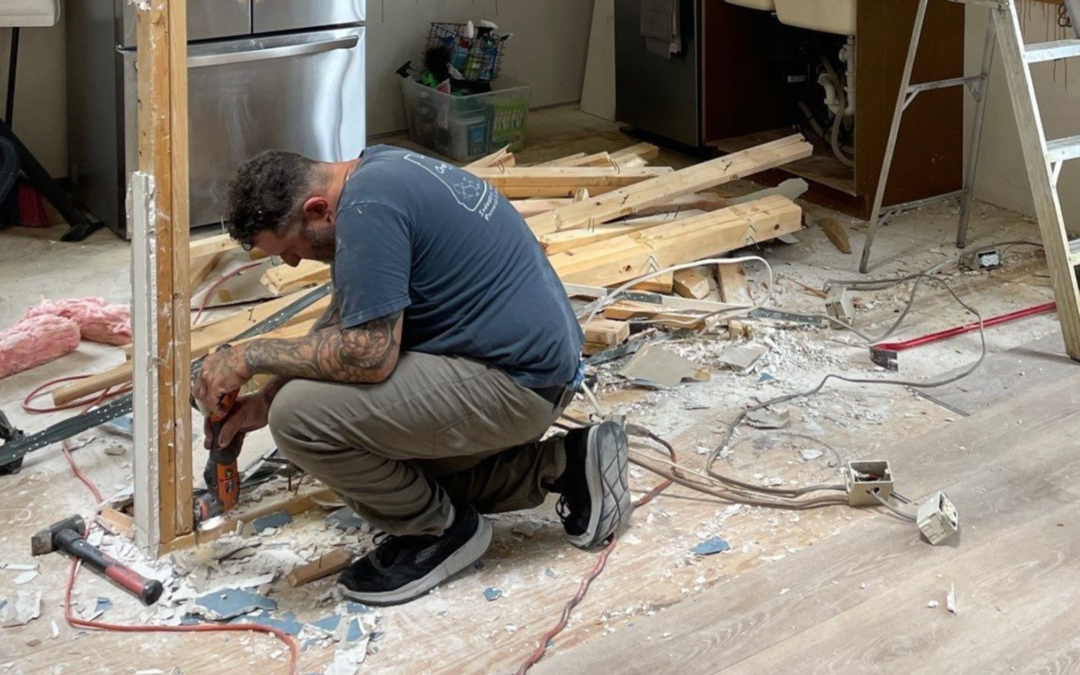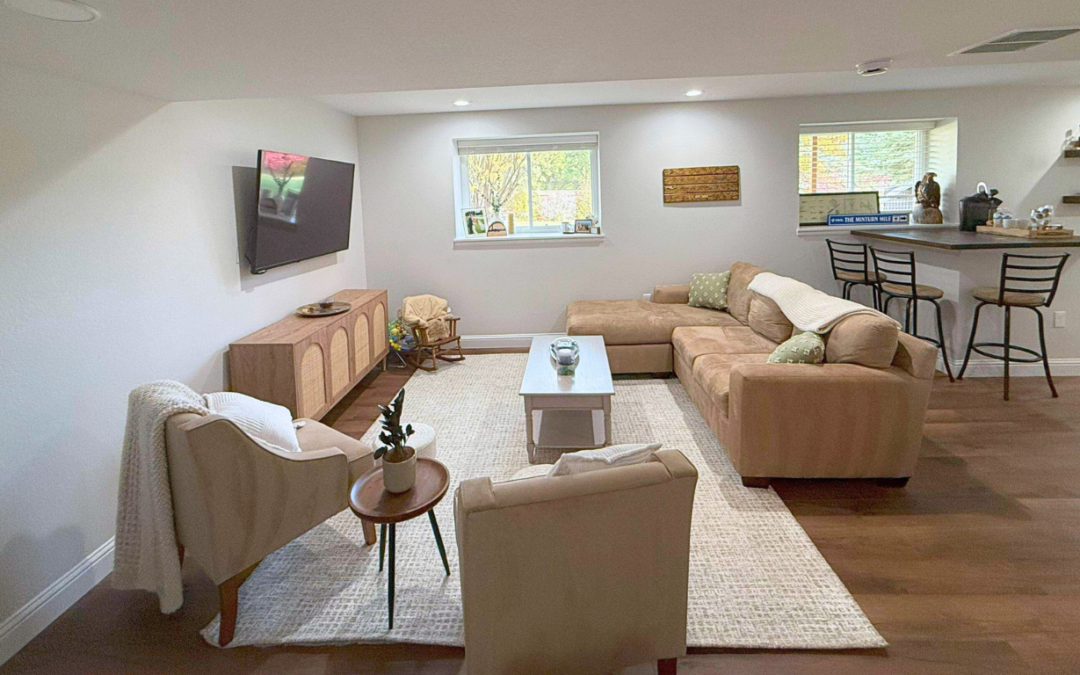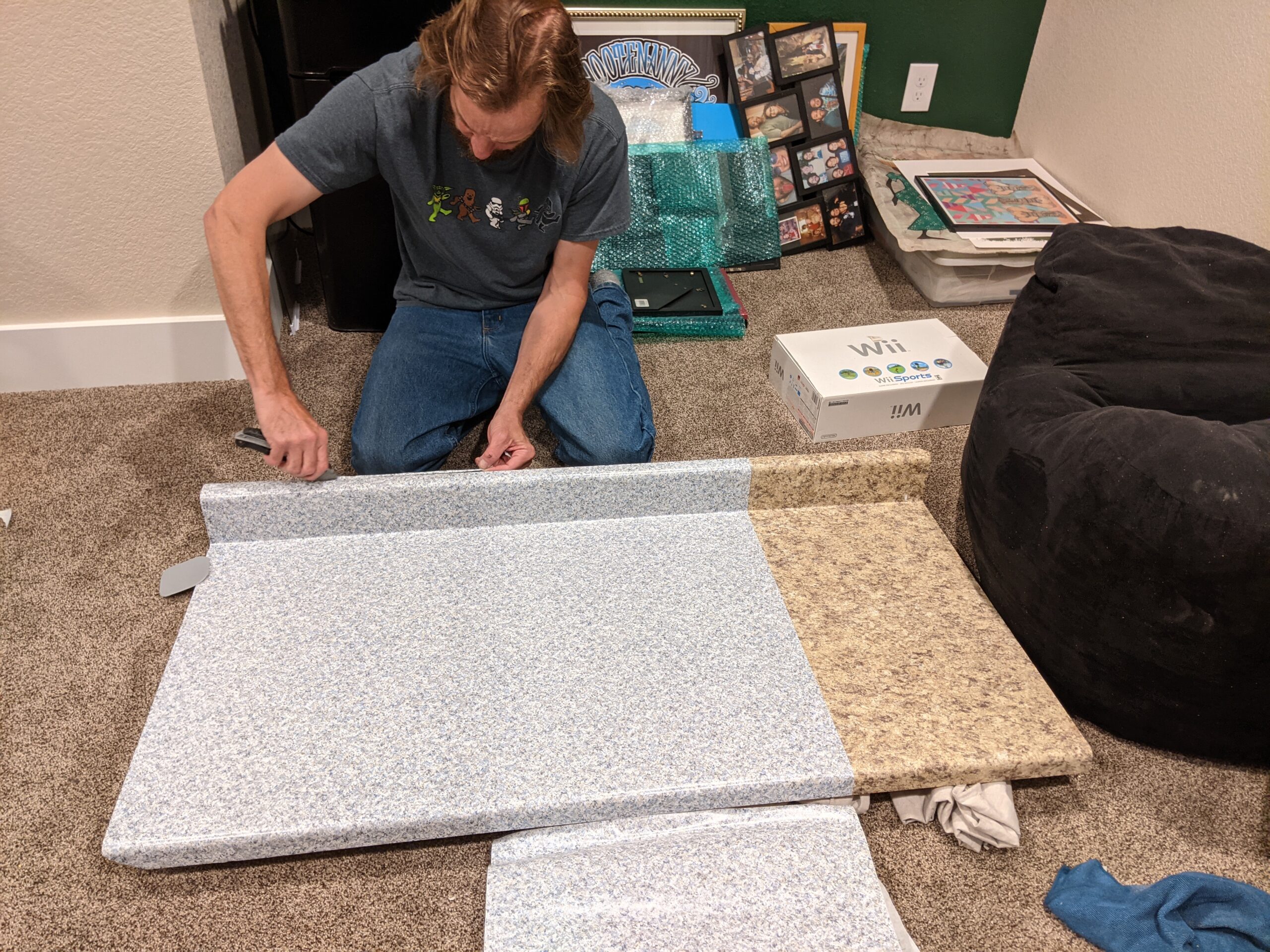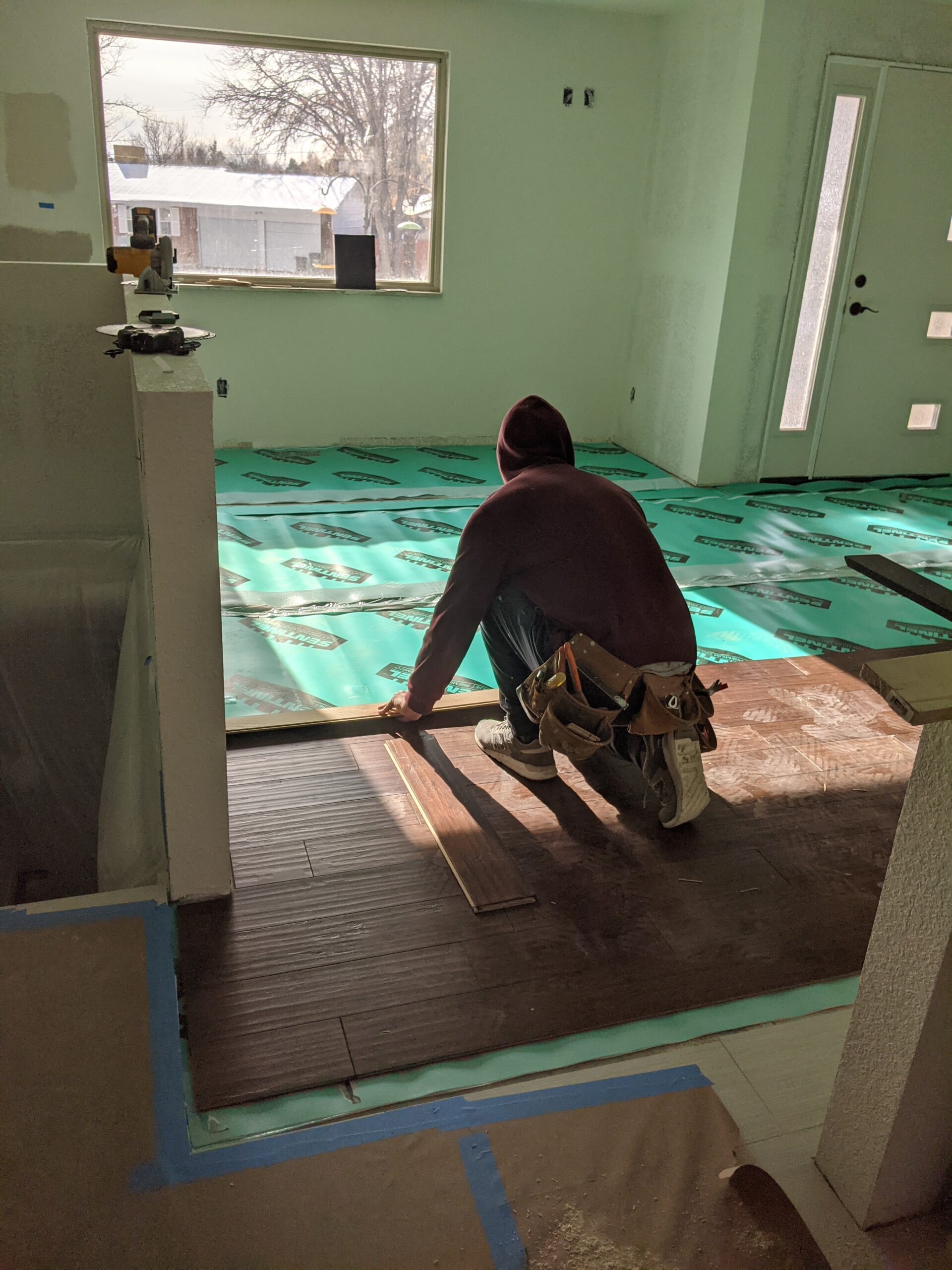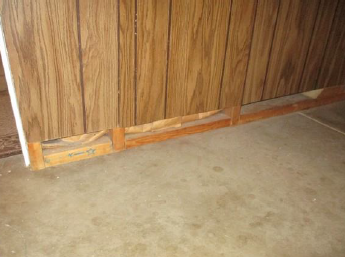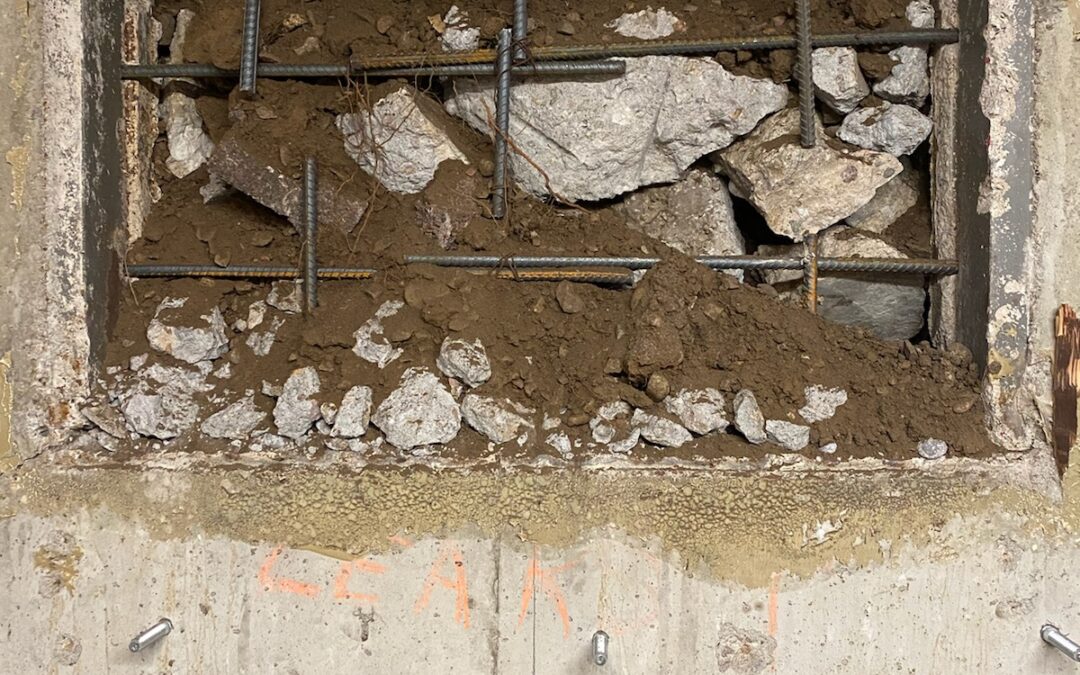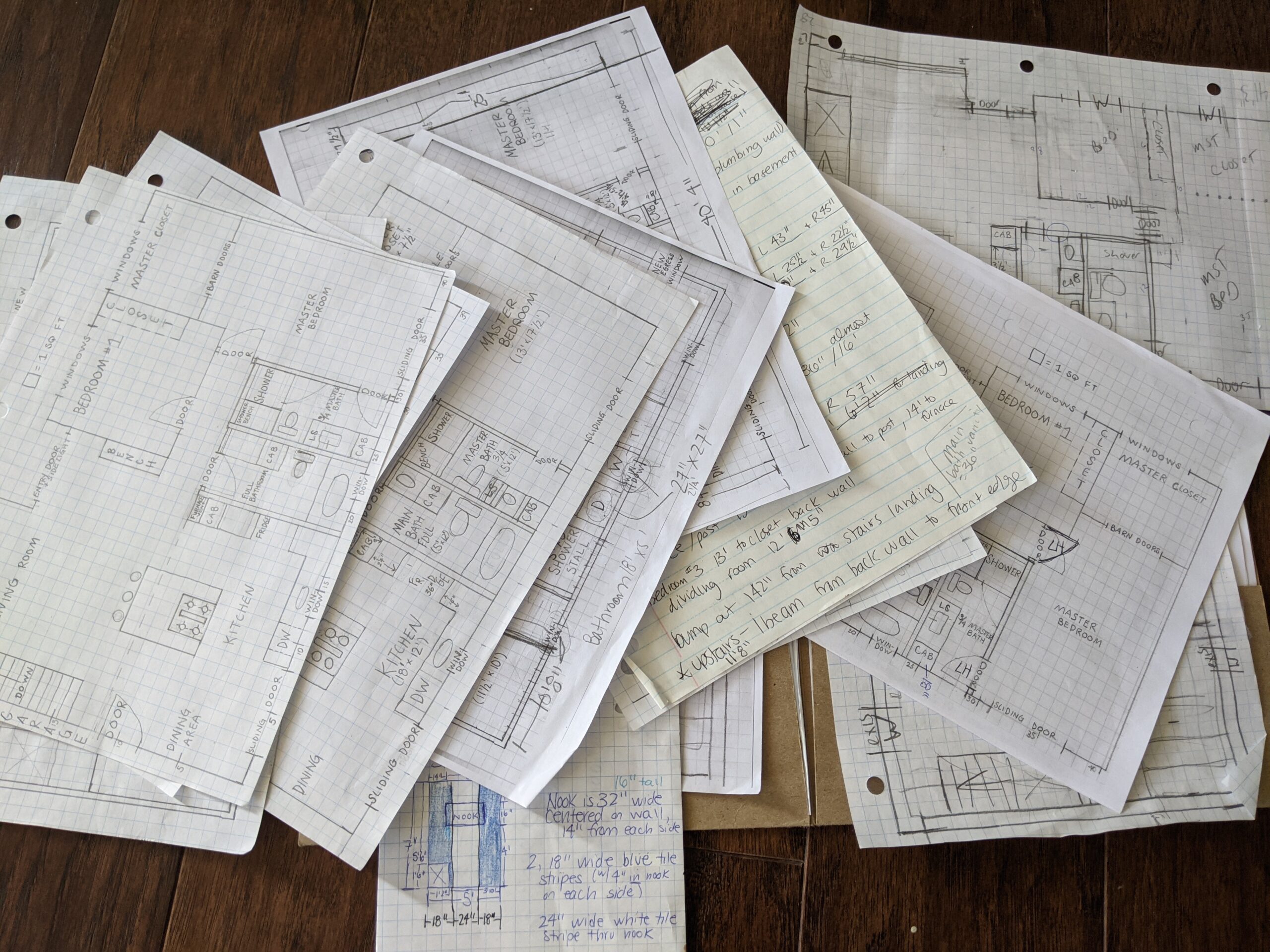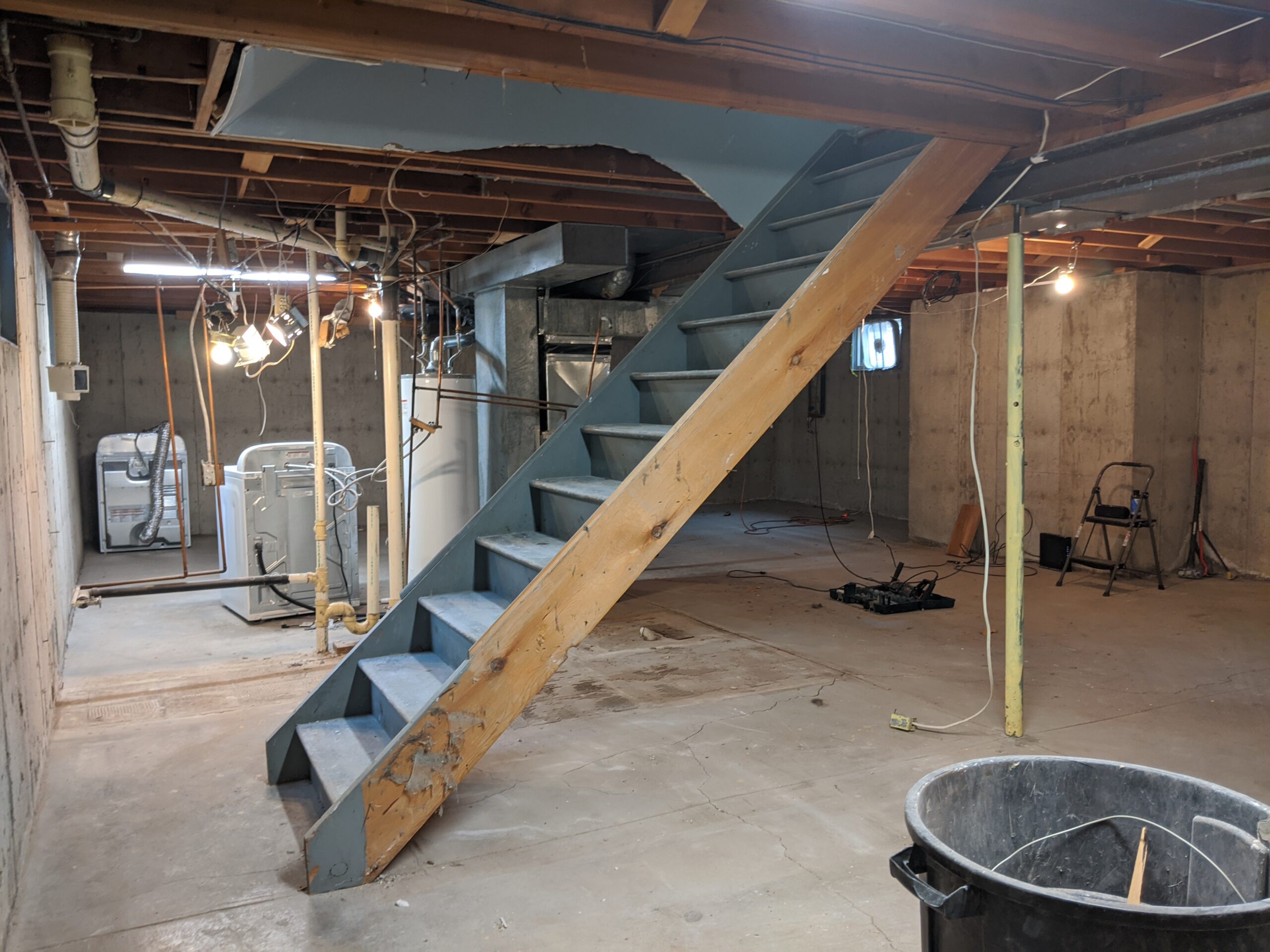Story #25
When we decided to completely remodel our first house, we knew Josh’s skills and knowledge as a master carpenter and general contractor were great advantages to completing the renovations successfully. However, as first-time homeowners, we had a lot to learn about other parts of this project, especially hidden costs. In most cases, Beams to Basements Contractors’ customers buy their own decorative finishes, but we were responsible for the total project costs on our own house.
PROJECT NOTES
We accounted for the big-ticket items, like granite countertops and adding 2 egress windows, as well as subcontractors, like the state-licensed electrician who upgraded the electrical panel and rewired the whole house. But it also felt like we were always adding things to our rehab budget. You also may not be counting these things in your total costs.
- There are many basic, decorative features that I hadn’t initially put in our project budget. For example, we replaced the brass door knobs with oil-brushed bronze handles, which cost $18-$25 each, depending on whether or not it locked. With 8 interior, 3 exterior, and 2 sliding glass doors, this unsexy part of our budget (door handles & locks) added up to $308 in additional costs.
- We got a vanity and linen cabinet for each bathroom, but saved by buying individual pieces instead of furniture sets. I found matching knobs for the linen cabinet in 2 of the bathrooms, but I bought 9 new handles for the doors & drawers in the main bathroom. Plus, each bathroom needed a toilet paper holder & 2 towel rods, for the shower & by the sink. While you can certainly buy cheap versions of these items, there are also fancier and more expensive ones. They are often priced per piece, so don’t forget to calculate the full price for how many you need. Keep a close eye on this part of your budget! Often, you are buying these things at the end of your project. I found that I was tired of doing all the research to make good decisions about prices, and suddenly I’d spent a couple hundred dollars on these little items.
- Another category of necessary items that I hadn’t thought about are the covers for switches, outlets, and vents. Our electrician & Heating Ventilation Air Conditioning contractors included the basic covers with their estimates, which were white covers for the walls & ceilings and dark vents to match our floors. Check your project estimate or ask them what type they provide, if any. Have you ever noticed the variety these items come in? Dimmer switches, 2-gang or 4-gang outlets, 3-way switches, combination switch & outlet in single box, USB outlets, outdoor outlets, heating/cooling vents in floors, walls, & ceilings… A quick count in our 2,200 SQ FT home revealed that we have 23 switches, 18 vents, & 49 outlets (several of which were combos with switches, like the light over the kitchen sink). If these covers weren’t included or we wanted fancier ones, we could’ve easily spent $500-750 on them.
- There are also many functional pieces of the home that aren’t included in the contactors’ bids. For example, the plumber’s labor rates didn’t include the valves (hidden within the wall) or faucets (decorative parts with endless options). We spent $2,200 on these materials for 3 bathrooms with our plumber’s professional discount.
- While I had calculated the price of the flooring to cover the area with a 10-15% overage for cuts, I didn’t initially include the transition pieces for where the engineered hardwood floor met other flooring materials, like the bathroom & kitchen tile. We needed 4 pieces, but a salesperson at the flooring store suggested that we pick a matching wood tone from their stock, rather than special order the specific matching piece from the floor manufacturer. This saved us time and money, but we still paid $57/ea, or $228 for these pieces. We also bought Schluter metal edges for all the transitions of tile on the shower walls, including the edges of the nook & around the window, not just the 2 outer edges.
- You can save money by doing work yourself, but these projects aren’t completely free. Don’t forget to count your DIY supplies, like paint brushes, rollers, paint, samples, tape, & tarps.
- I’m not going to explain Colorado’s complex sales and use tax system, but recognize that price tags on shelves and websites typically don’t include taxes, which are added at the time of purchase.
- While we picked up many materials in our truck, we still had many things delivered directly to our house, like a TON (literally) of framing lumber. Some vendors may not charge for delivery, so ask about delivery fees when shopping. Also, consider whether you have a safe, clean spot to hold things that won’t be installed immediately. If not, you also may have to pay for storage during your renovation.
- We rented a 20-yard dumpster for the first 10 days of our project, when we did the majority of our demolition. However, throughout the project, we created waste that couldn’t go in our residential trash service. We paid dump tipping fees for several runs after we got rid of the dumpster.
- We strongly recommend completing major renovations legally, with all required permits and inspections, but there are costs involved. Our permit fees were nearly $1,800. Plus, we had $706 in extra costs to correct items that failed inspection, like taller furnace exhaust pipes after we added to the patio and fixing the flooring at the top of the stairs that we talked about in the last story.
THINGS WE LEARNED
One of our mottos as small business owners also applies to being the general contractors on our own home remodel: Time is Money! While the big box stores sometimes have better prices or variety than our local building supply center, it’s obvious that they don’t care about customer service AT ALL. We found their communication terrible about deliveries, especially not being flexible to schedule them at times that worked best for us and not getting clear & sufficient notice when they rescheduled deliveries. We didn’t realize that there could also be significant delays to receive major items like our appliances (3 months) and couches (18 weeks). Finally, we calculated that it would be better for Josh to complete clients’ projects while we hired a contractor to quickly insulate the basement because he could finish it faster than if Josh did it by himself. We saved money and time by paying someone else to do this work.
Of all the unexpected costs, I think the best money we spent was $45 on a piece of metal to protect the tilework in the shower nook. The tile-ready shower niche was installed on an interior wall, so we added sheetmetal between it and the drywall for the hallway side. If we or future owners decide to hang something in the hall, we won’t accidentally ruin the tilework on the other side of the wall by hitting a nail through it.
